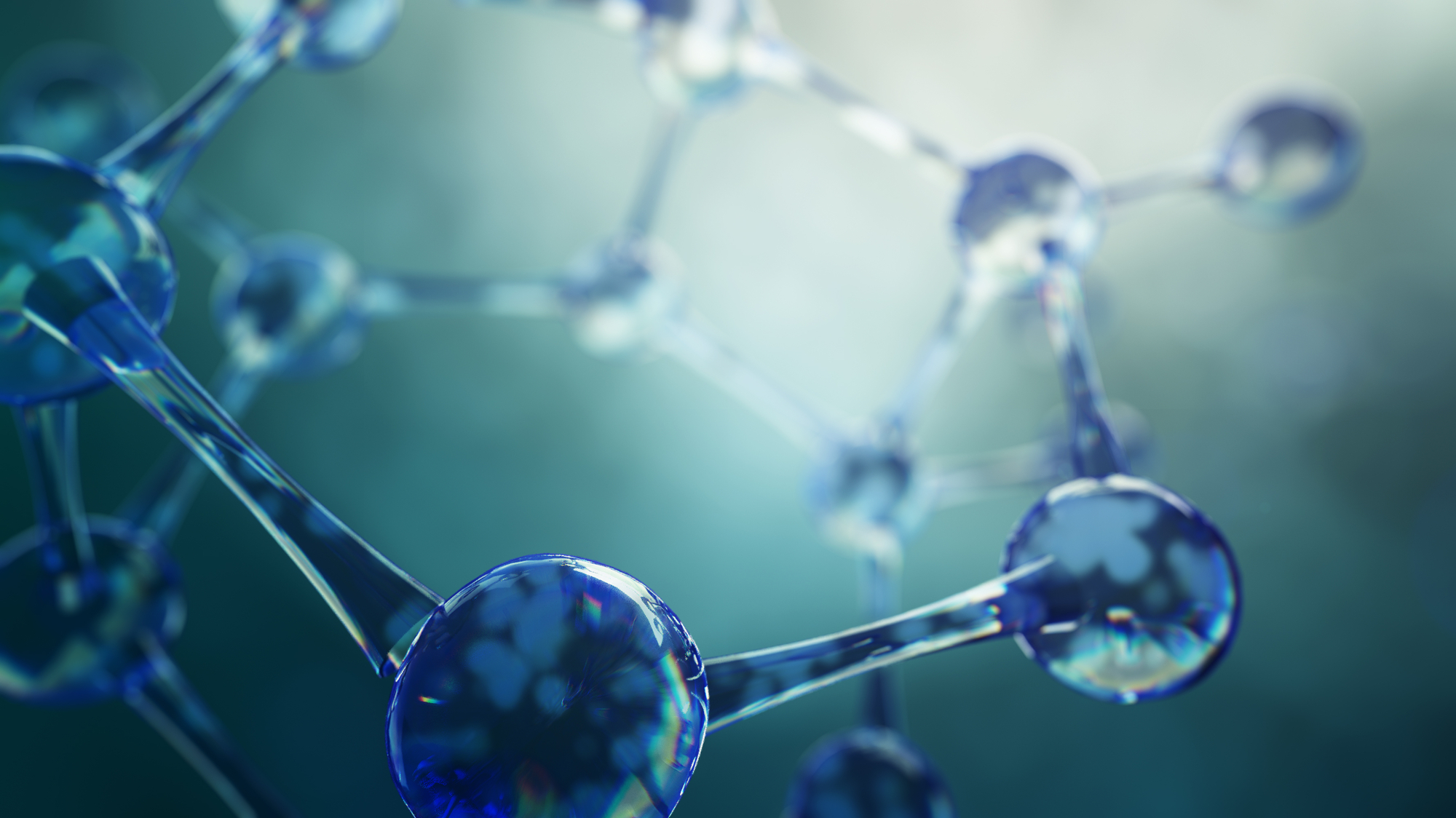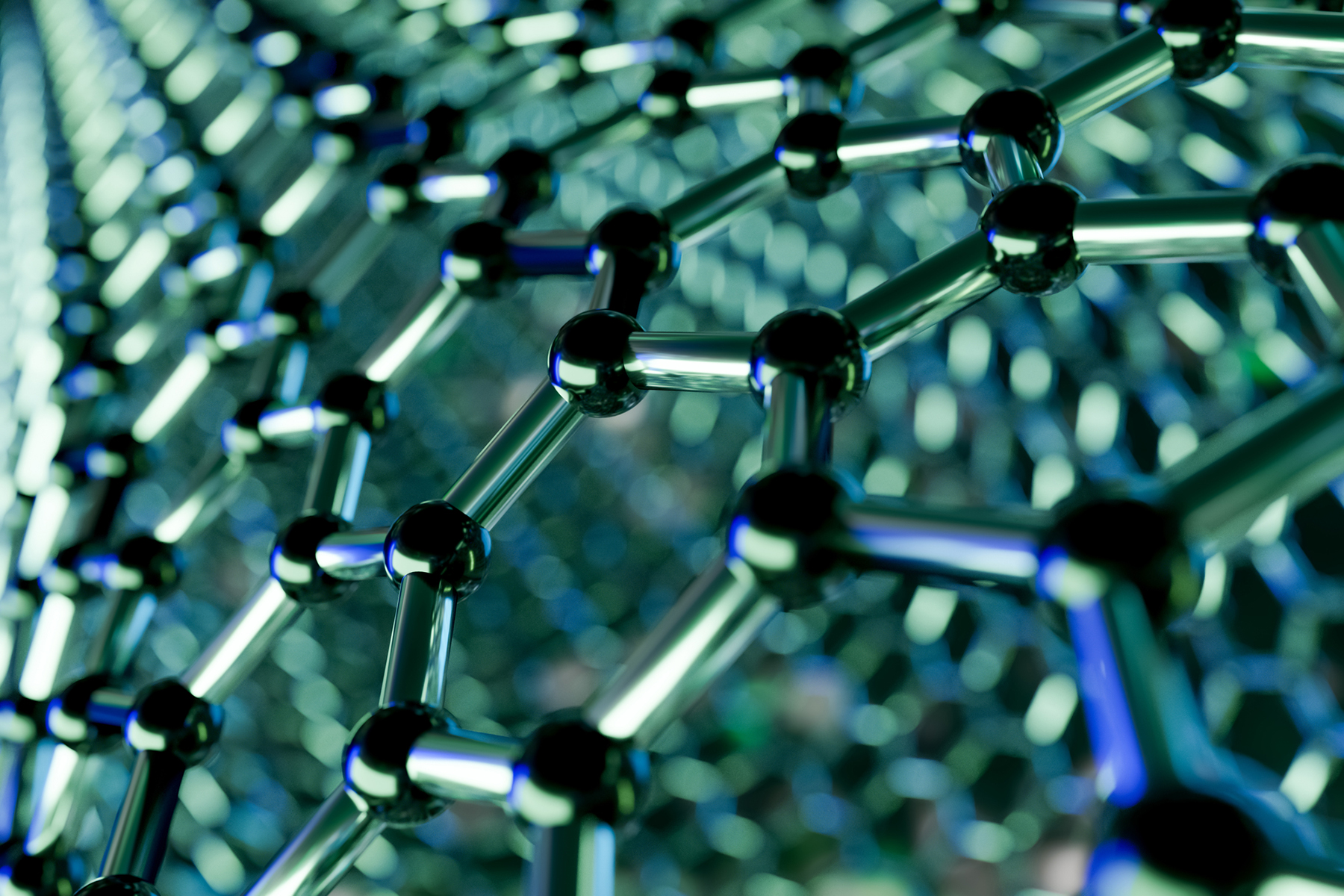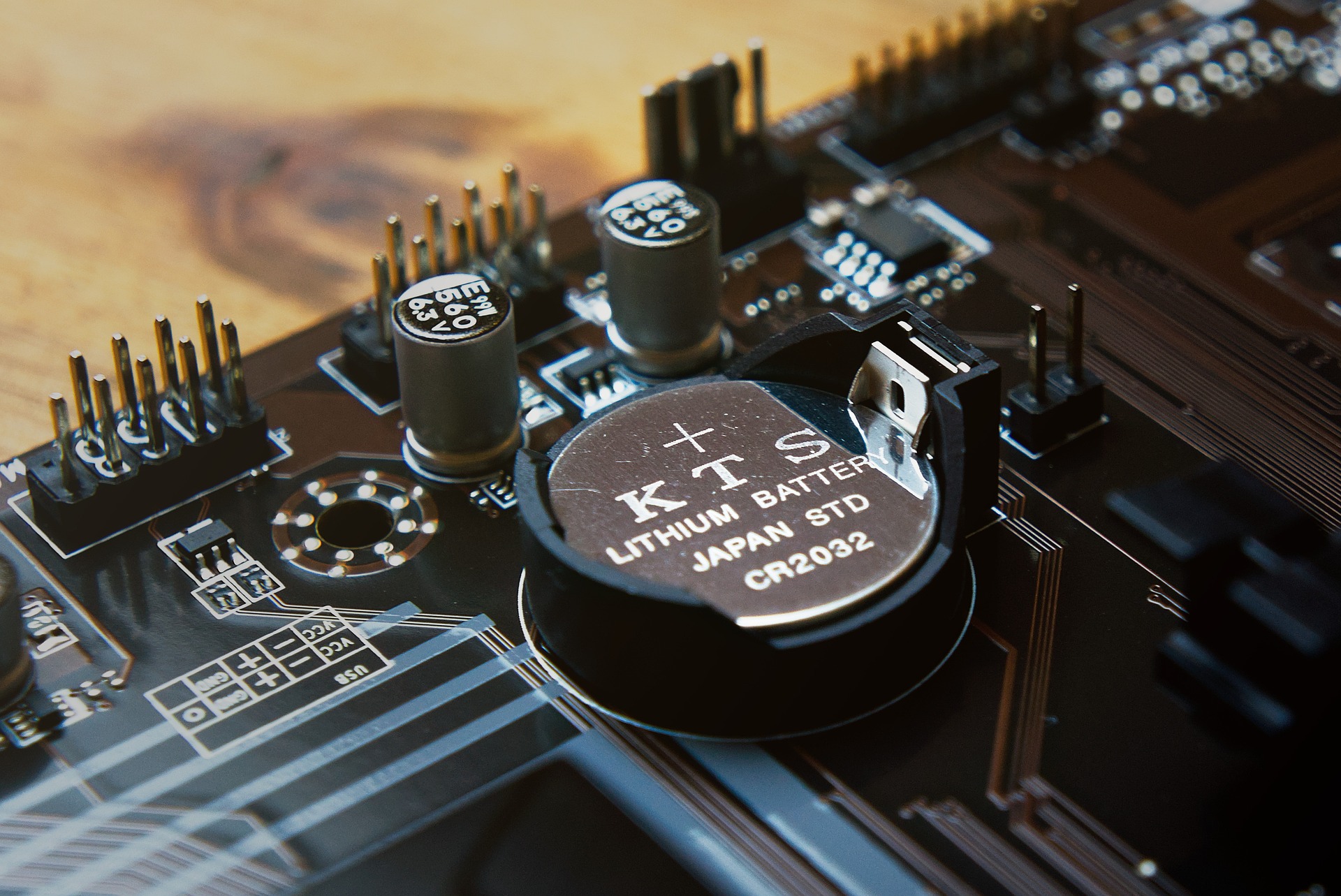Howard University, Oak Ridge National Lab Use ACCESS Resources to Study Crystal Structures of Solids
TMD research findings show promise for improved flexible electronics, spintronics, optoelectronics, and more!

TMD research findings show promise for improved flexible electronics, spintronics, optoelectronics, and more!

Some scientists have recently studied perovskites because of their material properties that can be used in things such as solar cells. A team of researchers from Ames National Laboratory and the Swiss Federal Institute of Technology in Zürich – along with a talented undergraduate – used the powerful HPC resource at the San Diego Supercomputer Center for their study.

With the help of Purdue’s Anvil supercomputer, Yale researchers are trying to find ways to improve lithium batteries.

What if your clothes could tell your phone you’re in distress? Or your shoes could recharge your phone? ACCESS enables The Internet of Everything.

UCLA researchers found that boron arsenide, a chemical compound used in high-power computer chips, has a unique property – its ability to conduct heat decreases under extreme conditions.

Frontera, Stampede2 simulations help reveal new exciton

A great deal of research goes into creating materials used in everyday structures such as buildings and bridges. Using supercomputers to study next-generation compounds is just one way ACCESS is an important resource for materials science researchers.